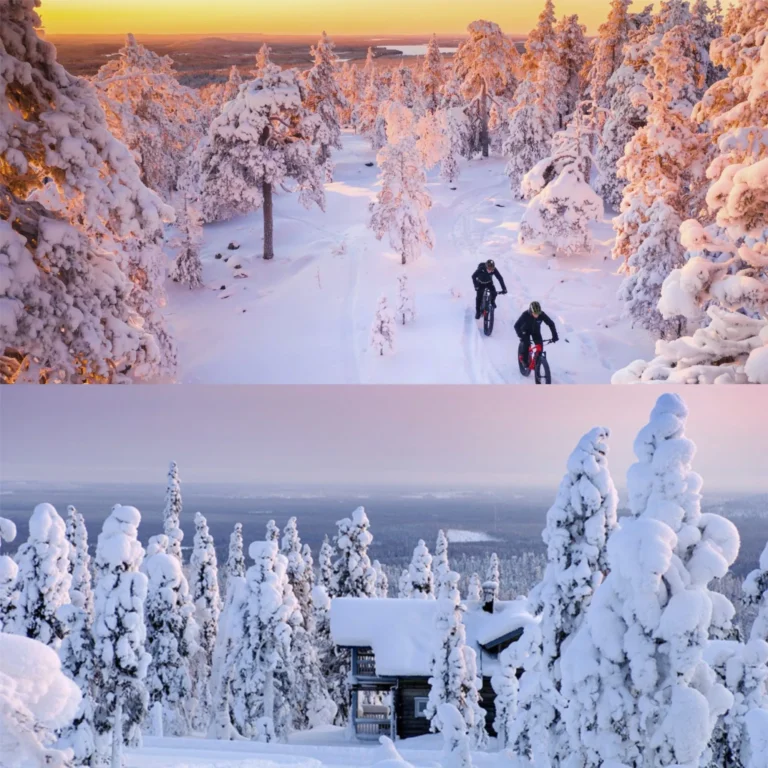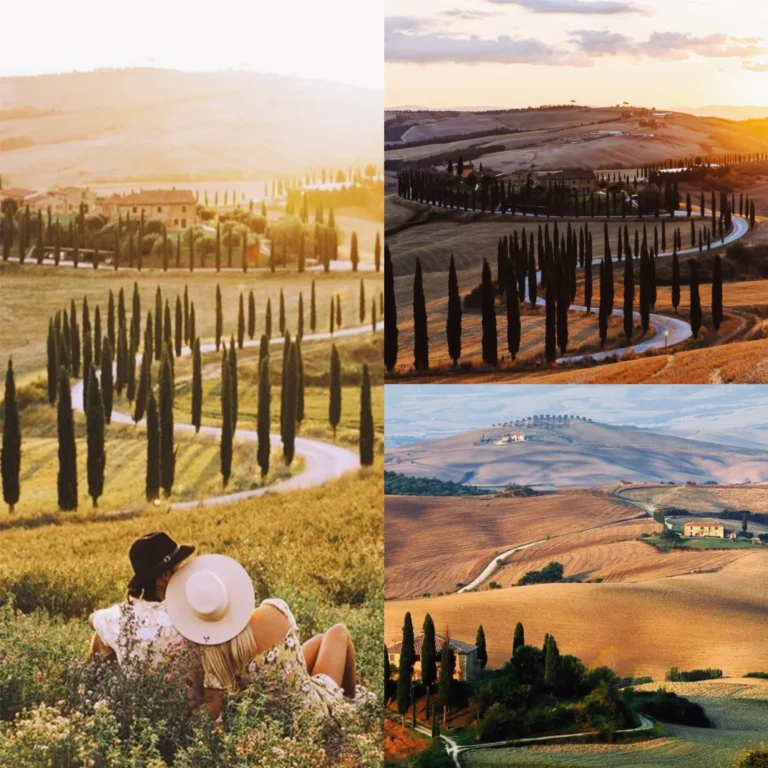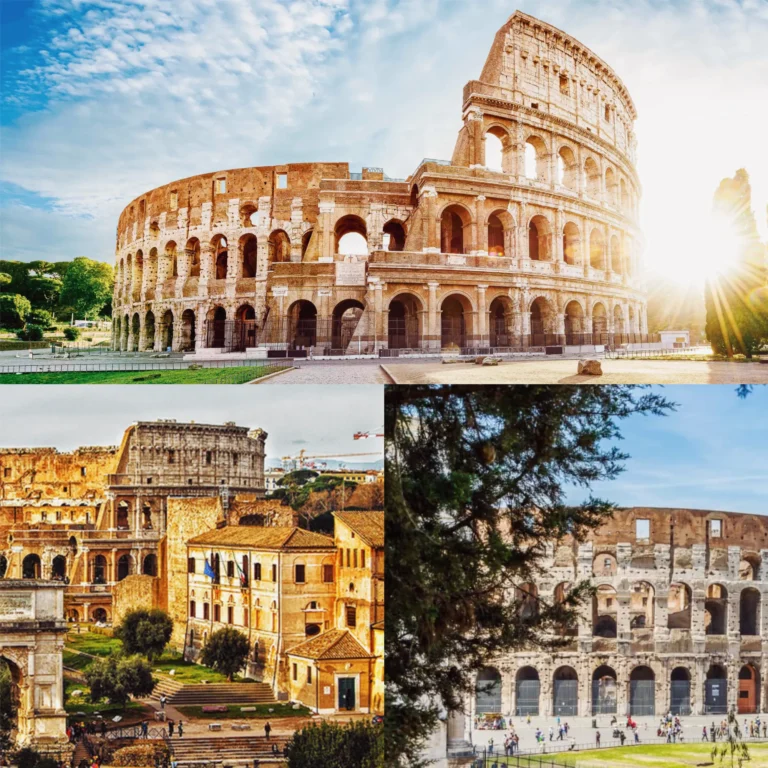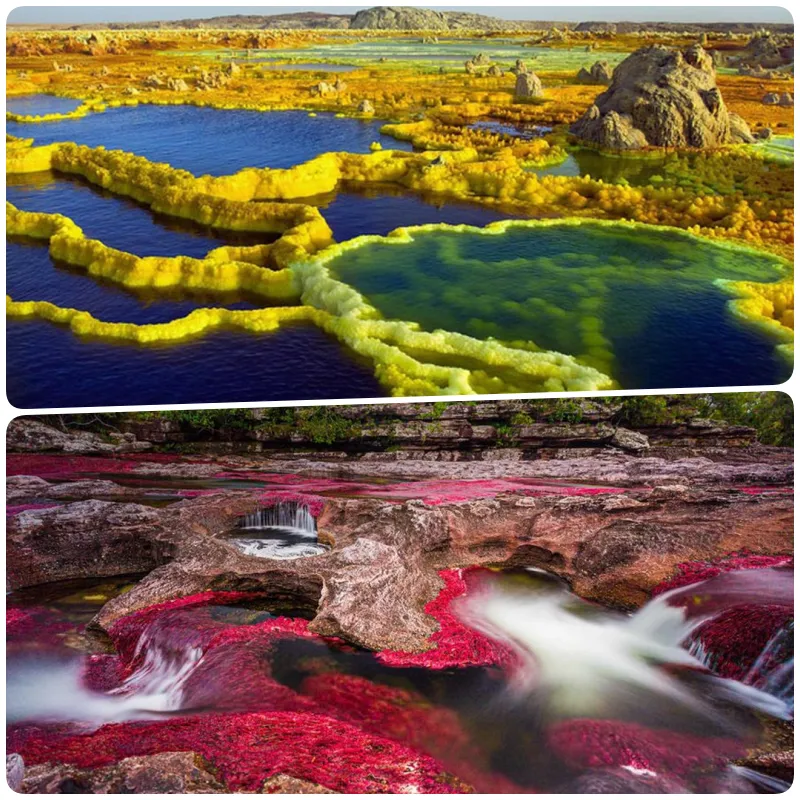
Explore the world’s most unique natural wonders
Dallol salt flats, Ethiopia
Nestled in Ethiopia’s Danakil Depression, the Dallol Salt Plain is one of the lowest and hottest places on Earth. This remarkable landscape is known for its proximity to a terrestrial volcano. The area is mainly covered with a layer of white salt, while sulfur gases from the volcano give the salt a brilliant yellow color. This unique combination creates a stunning white and gold mosaic across the salt flats, providing a unique setting unlike any other.

Caño Cristales River, Colombia
Often called the “River of Five Colors” or the “Rainbow River”, Caño Cristales is a natural wonder located in the Sierra de La Macarena National Park, Colombia. From July to November every year, a type of algae thrives in the river, causing the river water to have many vibrant colors, from red and yellow to green, blue and black. This phenomenon makes Caño Cristales one of the most colorful and spectacular rivers in the world.
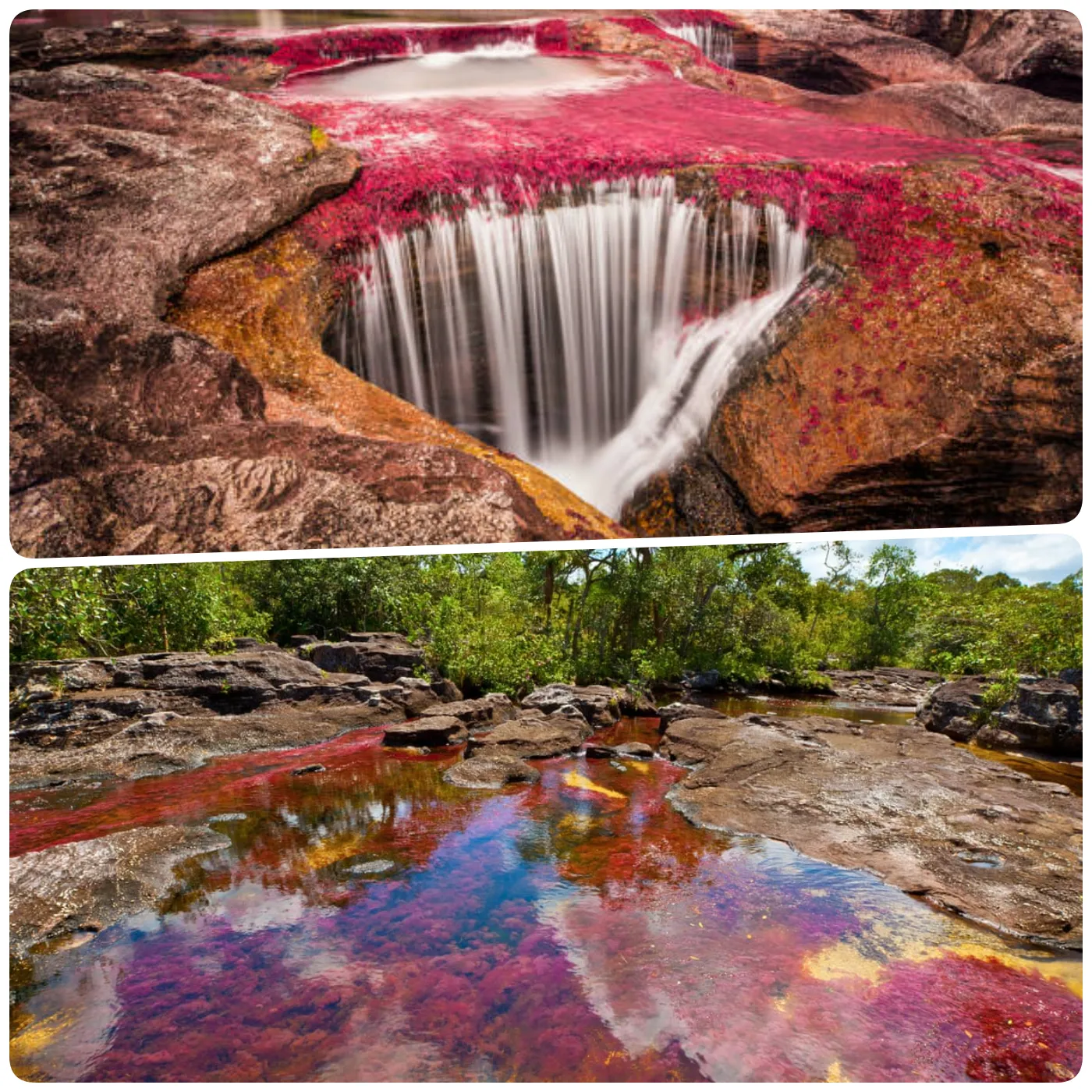
Lake Natron, Tanzania
Located in Tanzania, Lake Natron is a hot, highly saline lake that is unsuitable for most plants and fish. However, the lake’s harsh conditions are ideal conditions for salt-loving microorganisms to thrive and give the water its distinctive red color. Despite its harsh environment, Lake Natron remains an important habitat for several bird species, including flamingos, storks and cranes, making it an important ecological site.
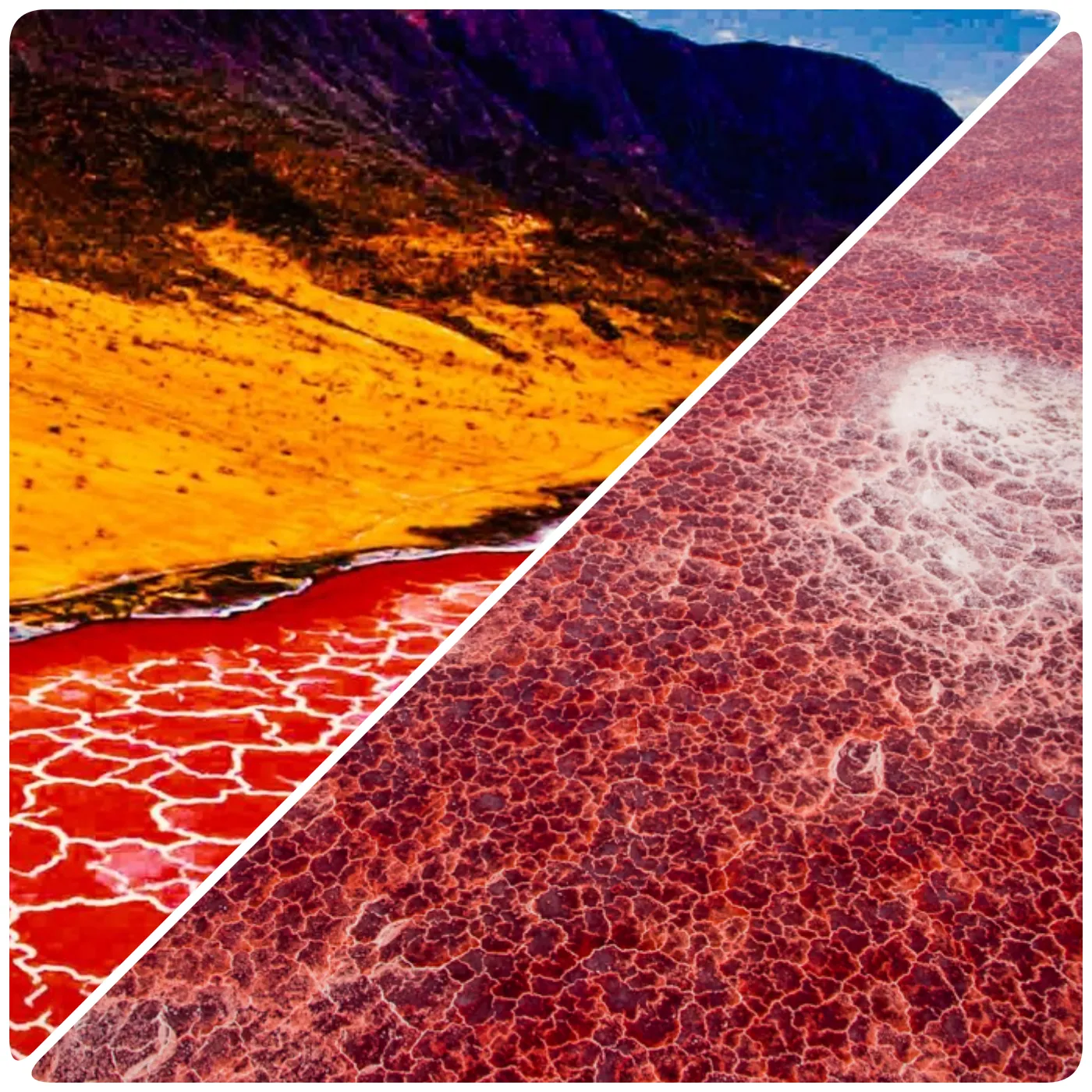
Antelope Canyon, Arizona, USA
Over millions of years, natural forces have transformed Arizona’s Antelope Canyon into an enchanting masterpiece. The canyon’s unique rock formations and narrow passages create a beautiful interplay of light and shadow, with the walls reflecting red, orange, yellow and pink depending on the angle of the sunlight. This natural wonder has become a favorite destination for photographers and nature enthusiasts alike, drawn by its stunning beauty and the spectacle of changing colors.
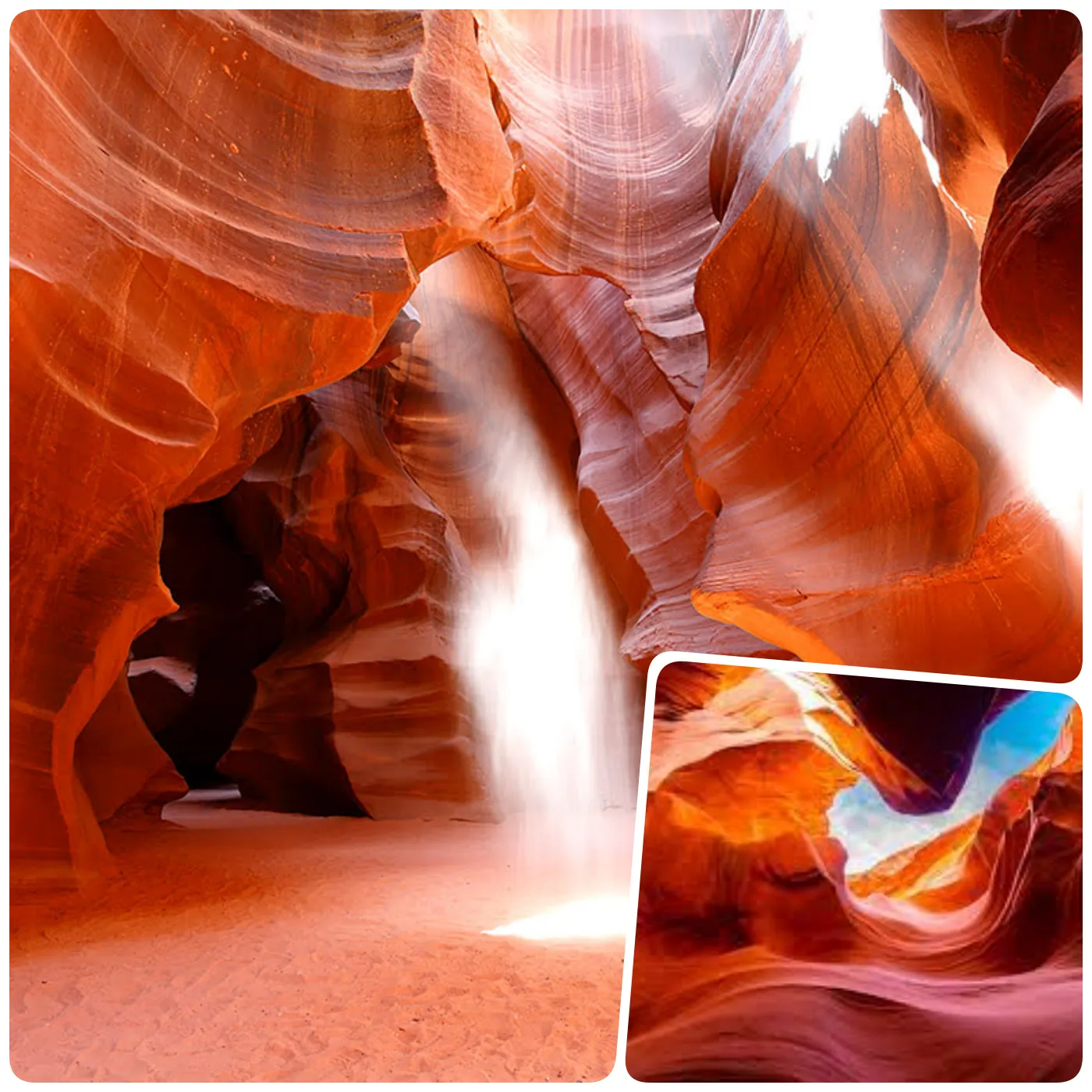
Lake Baikal, Russia
Famous as the deepest lake in the world, Lake Baikal in Russia has a depth of up to 1,600 meters and contains nearly 20% of the Earth’s unfrozen fresh water. The lake is famous for its crystal-clear ice floes that glow with striking blue tones. Lake Baikal’s pristine waters and unique ice formations have earned it a reputation as one of the most beautiful natural wonders on the planet.
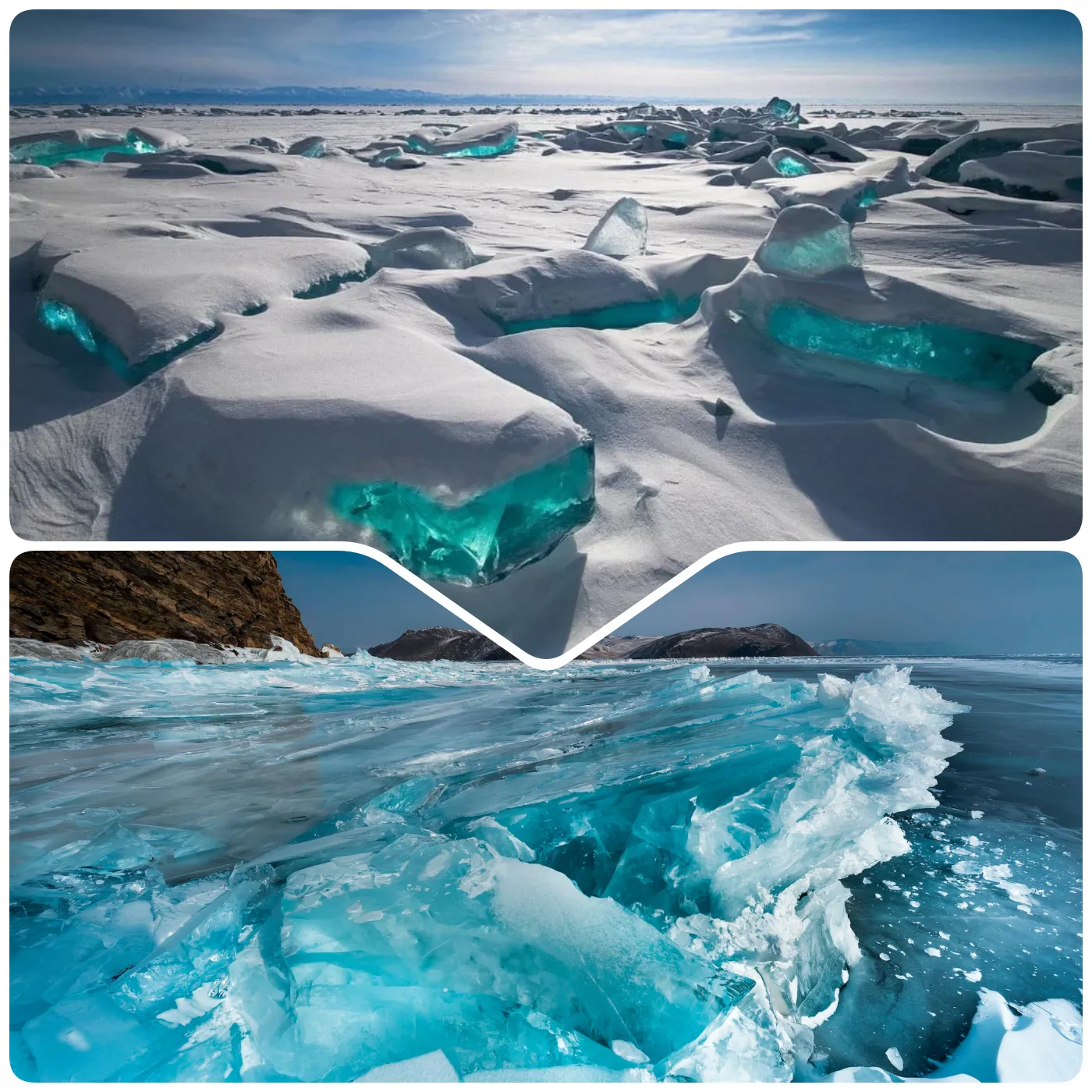
Grand Prismatic Springs, Yellowstone, USA
Located in Yellowstone National Park, Wyoming, Grand Prismatic Spring is the largest hot spring in the United States. Spanning about 90 meters and reaching a depth of 50 meters, the stream’s average water temperature is about 87°C (188°F). Because of the extreme heat, no aquatic life can survive in the spring, but thermophilic bacteria thrive around its edges, creating vivid colors of red, orange and yellow. Grand Prismatic Spring’s vibrant colors and immense scale make it a must-see attraction for visitors to Yellowstone.
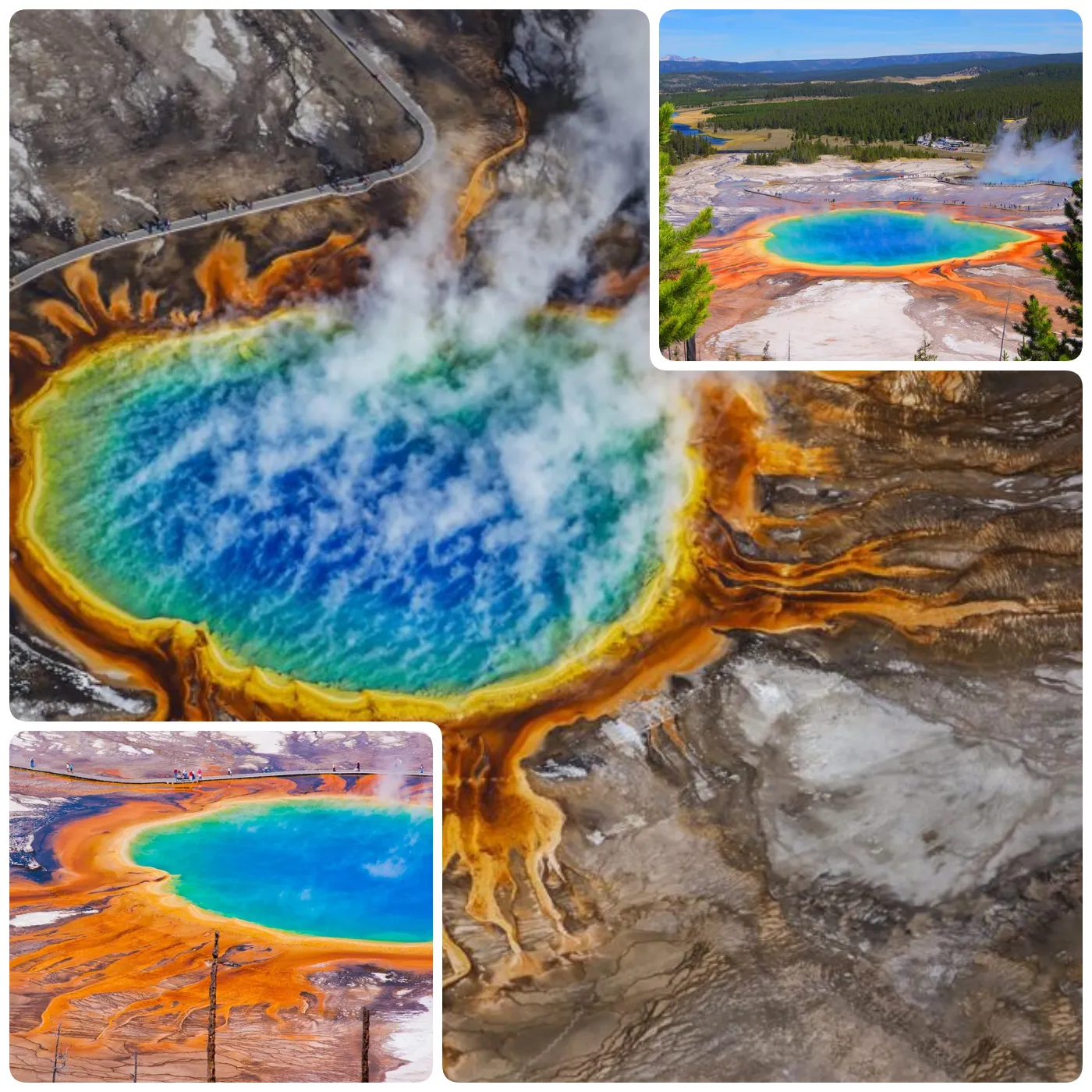
From the vividly colored waters of Caño Cristales and Lake Natron to the captivating geological formations of Antelope Canyon and Grand Prismatic Spring, these natural wonders offer a glimpse of the extraordinary beauty of Earth. Each location offers a unique spectacle that captures the imagination, making them must-see destinations for travelers wanting to experience some of the most amazing landscapes on the planet.
